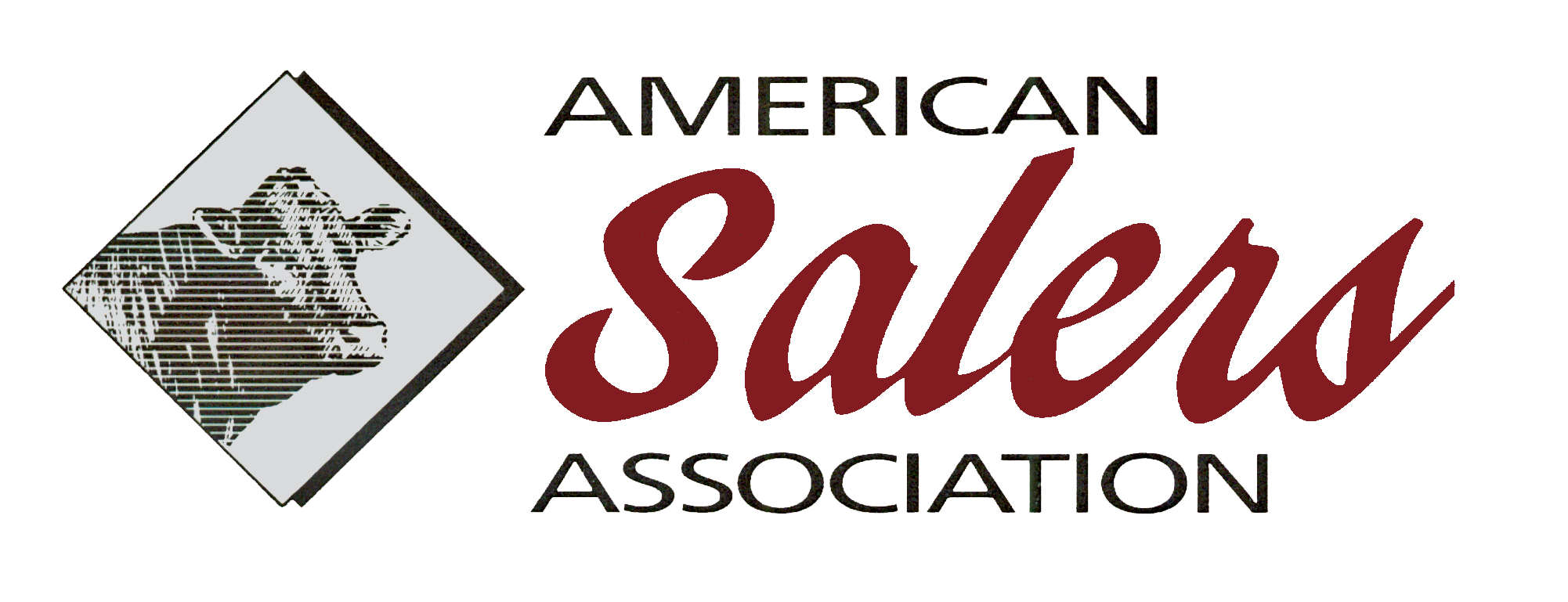Accurate EPDs are an important part of the seedstock business. One critical part of accurate genetic evaluation is accurate submission of weights and measurements to the Association. Perhaps the most important component of data submission is accurate contemporary grouping.
Most reading about this topic may find it boring and dull, but remember, in relation to your data, the topic is electrifying.
A contemporary group consists of animals that have been exposed to the same external environment. ASA has four automatic contemporary group splits:
- Same sex
- Born in the same herd and season (within 90 days)
- Managed together and treated alike and
- Have the same weigh date.
Items 1, 2 and 4 are self explanatory. Defining and discussing item 3- “managed together and treated alike” is the objective of this article.
Most contemporary group errors are made when submitting weaning data in the management code and management group sections of ASA forms. Management code details are noted first.
Chart 1 lists ASA management code definitions:
ASA Management Codes
1 – no creep, raised by natural dam
2 – received creep feed, raised by natural dam
3 – fed for show, within show/sale group
4 – embryo transfer
5 – irregular, such as twin, sick, injured
The second section contains optional management group information. Most often this is where confusion comes in. If one group of cows are run on irrigated pasture with exceptional forage resources, and another group of cows are grazing native prairie grass there will probably be a difference in the weaning weights of the calves. Therefore, the calves in each group should be reported as being in different management groups even if they have the same weigh date.
Commonly, breeders think calves can be grouped together even if they were raised in different pastures. Most think that differences in “prairie grass” pastures on the same ranch are minimal. Studies have shown that pastures next to each other that visibly look the same can still cause large discrepancies in weaning weights among the calves in those different pastures. Inaccurate submission of the data from these two pastures as the same group causes negative and inaccurate effects on the EPD of both the calf and the entire pedigree. When submitting data in this case, list two different numbers, such as 1 or 2, in the management group section.
To most producers larger contemporary groups are perceived to equate to more accurate EPDs. This is true in reference to higher calculated accuracy values such as are listed by each trait in the Sire Summary. If larger groups should be split into smaller groups due to pasture differences, the EPDs you generate by doing this will be more informative and more accurately relate to the true differences.
To help explain this I’ve borrowed an example from Wade Shafer, Director of Performance Programs at the American Simmental Association.
Let’s say we have weaning weights on 15 calves apiece by three sires. Let’s also say they were raised in three different pastures with five calves from each sire per pasture. If we ignore the rules and group all 45 calves together, it is true that the calves’ EPDs will have a slightly higher calculatedaccuracy than if we went by the book and sorted them into 3 contemporary groups. On the other hand, grouping all the calves together will actually lower their factual accuracy compared to placing the calves in 3 groups.
The impact on sire accuracy may be surprising at first glance, but it does make intuitive sense; we would certainly put more faith in a sire tested across multiple management scenarios and physical environments than a single-contemporary group proof. In this case properly grouping your calves supplies EPDs as close to an animal’s true genetic value as possible.
In summary, before filling out that next set of performance forms take a few minutes and think about accurate contemporary groups.
Common Pitfalls when turning in performance information
- Don’t bias ratios. Take weights on the entire crop – not just the top 50%
- Accurately record Management Codes (as listed in chart 1)
- Split off twins Split off Sick or Injured calves
- Make sure to denote those animals pulled out and fed more
- Accurately record Pasture Management Groups
- If you cut bulls at weaning, record weight as a bull not a steer
- Make sure most calves are between 160 and 250 days of age for weaning
- Contact the ASA before weighing if you have questions
- Correct errors if data was recorded incorrectly

